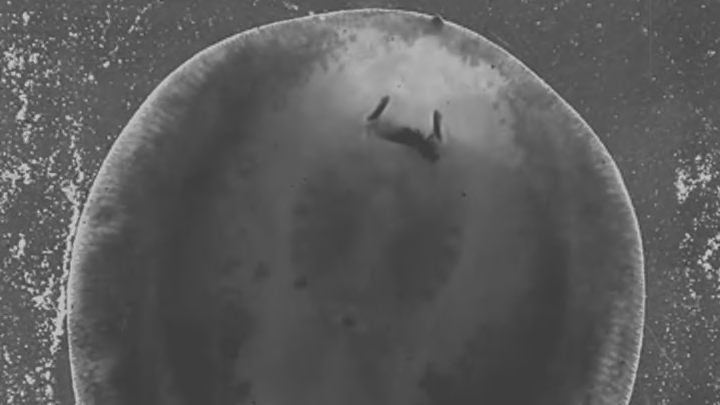Despite looking like they belong on a different planet, stingrays are more similar to us than they appear. In April, we wrote about how human fingers and the gill structures of rays may trace back to the same gene. Now, new research from the University of Toronto Scarborough suggests stingrays chew their food like we do, and they’re one of the few non-mammals known to do so, Gizmodo reports.
The grinding jaw motions we use to break down our meals is fairly unique within the animal kingdom. Mammals evolved this trait about 60 to 70 million years ago to expand their diets to include tough-to-process prey like insects. Outside of the mammalian clade, most animals utilize different dining methods (crocodiles, for example, will rip off chunks of meat and swallow them whole).
A handful of non-mammals are known to chew their meals, including some species of carp, lizards, and now the insect-munching freshwater stingray Potamotrygon motoro, a South American native commonly known as the peacock-eye stingray. For their study, published in Proceedings of the Royal Society B, researchers observed the odd behavior while filming a feeding stingray with a high-speed camera. Insect larvae are one of the species' favorite bites, and chewing allows the ray to grind through the larvae’s hardened exoskeleton. They do so by stretching their jaws away from the head and moving them side-to-side in an asymmetrical motion.
You can watch the creature chow down below. If you’re more creeped out than charmed by a stingray's face-like underside, be warned: You may find it slightly unsettling.
[h/t Gizmodo]
Know of something you think we should cover? Email us at tips@mentalfloss.com.
